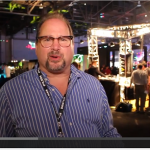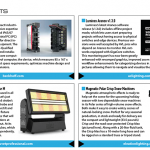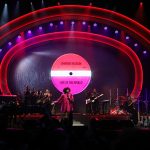
Lasers used to be a sign of a huge show with a huge budget. X-Laser has changed all that. Now they’re so affordable and easy to use that lighting designers can run them on their favorite console along with lighting cues to enhance their productions.
“Lasers for Lighting Designers”
X-Laser is marketing its products as “lasers for lighting designers.” Adam Raugh, owner/president of the Laurel, MD-based company, says that technological advances have allowed lasers to become a more regular feature in productions of all sizes and budgets, be it a club show, corporate event, an arena spectacular or any other event that screams for enhancement.
“Historically, laser light show systems have been large converted medical and scientific lasers with long glass tubes filled with noble gases with very sensitive optics. The entire system required high flow water cooling and high voltage and high current electricity. It was a logistical nightmare,” he describes. “These days laser systems are nearly all solid state. They’re very compact, low power consumption, air cooled, reliable and easy to use.”
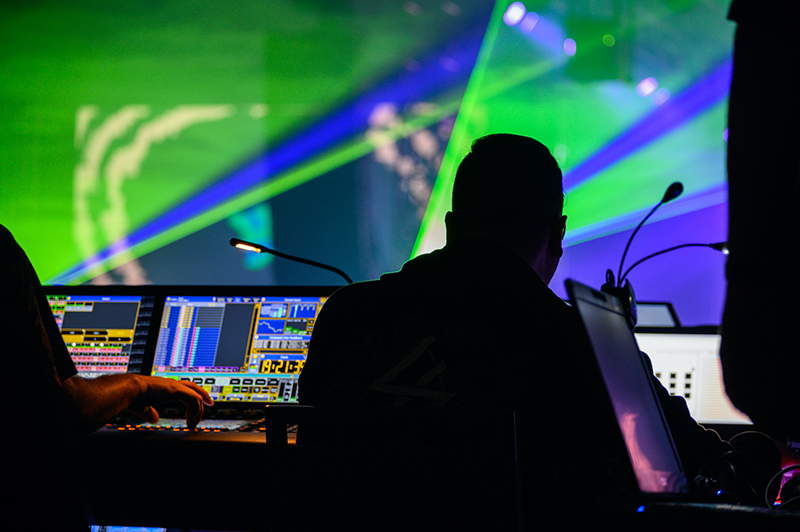
A Range of Products and Applications
Working with a customer base ranging from clubs and corporate events to concert spectaculars, Raugh explains, “We produce the easiest-to-use laser systems on the market, which means that everyone that can run a moving head can make a great show with our laser systems.”
X-Laser has divided its products into four divisions, which answer the needs for particular projects. White Label lasers are targeted to smaller-scaled shows for DJs, clubs and party venues. Black Label lasers are brighter, stronger, more feature rich and targeted to huge ballrooms and arenas. The Red Label lasers are customized for concert tours, museums and theme parks. The Yellow Label lasers are for industrial purposes.
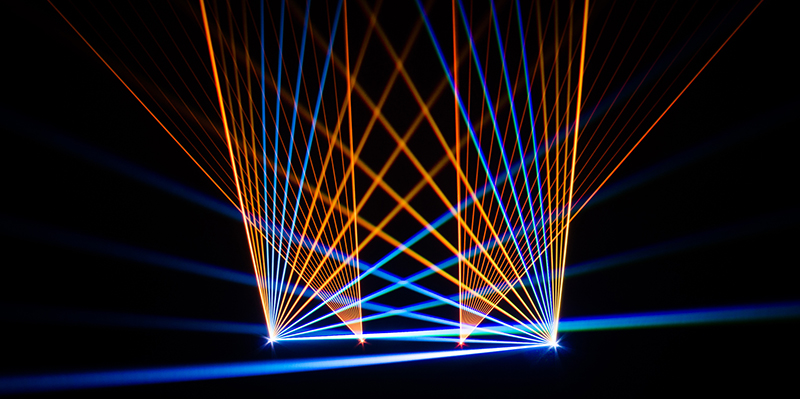
Compliance with Regulations
Anyone can use their lasers, but certification is needed and in-depth training is offered beforehand, requiring some lead-time for both. “A variance from the FDA is required to use high powered laser systems in the U.S., but we handle all that with the user,” Raugh explains. “We also provide in-depth training free of charge. For some particularly high-powered systems, we require an in-person training before we’ll sell them anything, and I do these training sessions personally. It’s critical to us that our users all know how to put on a safe show, because it only takes one person doing the wrong thing to screw it up for all of us. We want to keep the industry healthy by promoting safety and fair play for all.”
Sales and rentals go through their authorized dealer and production partner network. “We believe in keeping a strong network of partners and turn down more dealer requests than we accept. We would rather have a smaller number of clients that do great work, safely and ethically, than to sell as many systems as possible,” he explains.
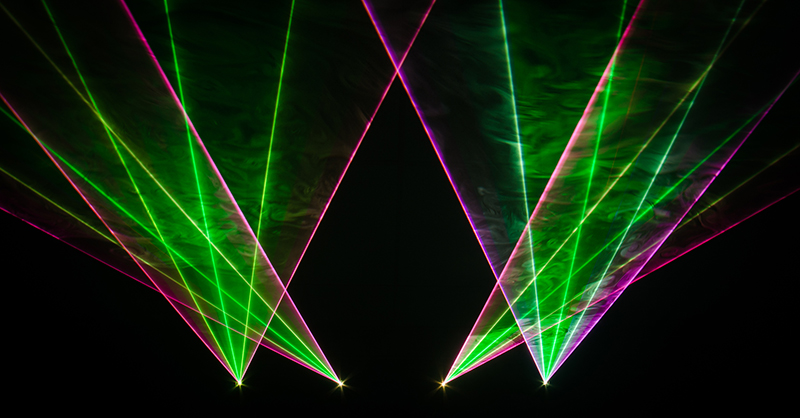
A Background in Theater and Engineering
Raugh didn’t set out to be a laser specialist, nor did he think he would take over ownership of the company. His career in the live entertainment industry kicked off after high school. He interned at Center Stage Theatre in Baltimore for a year, then joined the staff for two more years as a carpenter/stagehand.
In 2006, he left the theatre to pursue an engineering career. But in 2010, in his role as a fire alarm systems engineer, he heard another calling beckon him back home to the entertainment industry. He missed it so much, he got a gig at X-Laser as a part-time quality control technician.
At that time, the owner of X-Laser was aiming products at the mobile DJ market, trying to solve issues in that world. Raugh moved up to a full-time production manager in 2011 and general manager in 2014. When the founder moved on in 2016 to begin another company, Raugh became owner and president.
He quickly found a commonality between the technology of a fire alarm system and X-lasers, and his engineering background was a benefit. “The nature of a fire alarm system is a distributed system,” Raugh explains. “It’s a lower functioning, lower cost, simplified systems like a bunch of moving heads and a lighting console. As opposed to a traditional laser system, where you had one laser per one control system, it takes that one-to-many relationship that’s used in that industry as well as in the lighting industry and applying it to lasers, to do distributed and more simplified control.”
Working with Consoles, Vendors and Designers
Any console will control the lasers. X-Laser credits that functionality to its working relationship with Avolites. “The main reason we like working with Avolites is when we spoke to other manufacturers about this, the majority of them said, ‘No, you can’t do it.’ But Avolites helped us along and was there with us through the entirety of the development process to work not just with their system but with everybody’s system,” Raugh notes.
Lighting vendors are already embracing the ease of use. Legacy Productions in Minneapolis installed several X-Lasers Skywriters in the Xcel Energy Center to provide a dazzling addition to their pre-game celebrations on ice for the Minnesota Wild NHL team. Squeek Lights and Logic Systems have also stocked them in their inventory as another type of moving light to augment a show.
The appeal to creative designers will soon become even more enticing with Vertex Sketch, a new software program launching in October. “It’s a way to make custom laser content more easily than ever,” Raugh explains. “Designers won’t have to worry about point counts or other laser issues. It’s also not only compatible with all consoles, but it allows a lighting designer to create content for any laser system completely free.”
For more information, visit www.x-laser.com
